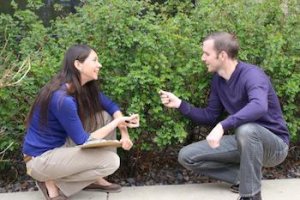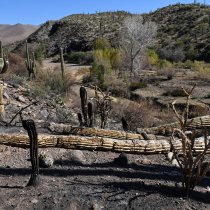Get involved in citizen science this Earth Day
April 20, 2015
Wondering how to celebrate Earth Day this year? How about giving a little of your time to further ecological research? We invite you to join thousands of others in making simple plant observations through the nationally recognized citizen science program, Project BudBurst. When citizen scientists contribute their observations to Project BudBurst, they play an important role in helping researchers determine how seasonal patterns are changing and potentially inform future environmental decisions and education.
About Project BudBurst
Project BudBurst engages people from across U.S. in the collection of plant phenology data--the timing of leafing, flowering and fruiting. By monitoring plants and noting the different stages in plant life cycles, such as when the first buds appear, when the first flowers bloom, and when leaves drop in the fall, citizen scientists are making a meaningful contribution to understanding changes in our environment. We invite you to contribute phenological observations from plants in your community. Information on the Project BudBurst website will guide you through the easy process to report your observations. It is quick and easy to get started.
Plant phenology observations are also being made at NEON Observatory sites by field scientists. By using a similar approach to that of the Observatory, Project BudBurst participants are expanding the geographic coverage of this important area of science. Learn more about plant phenology by watching Project BudBurst’s video The Stories that Plants Tell:
This Earth Day, share observations of the remarkable plants growing where you live and help scientists better understand changing climates. We can’t think of a better gift to share this spring!

